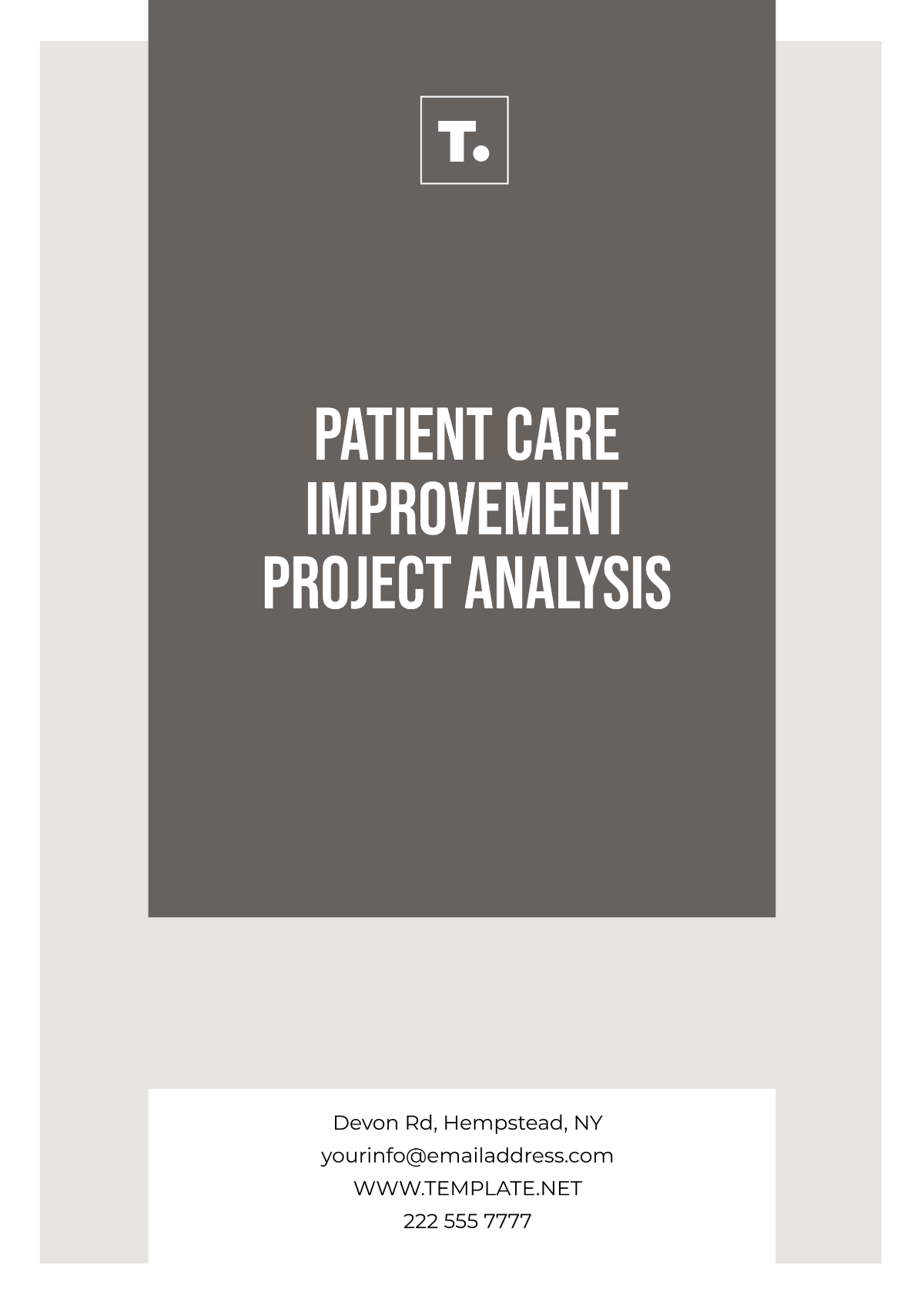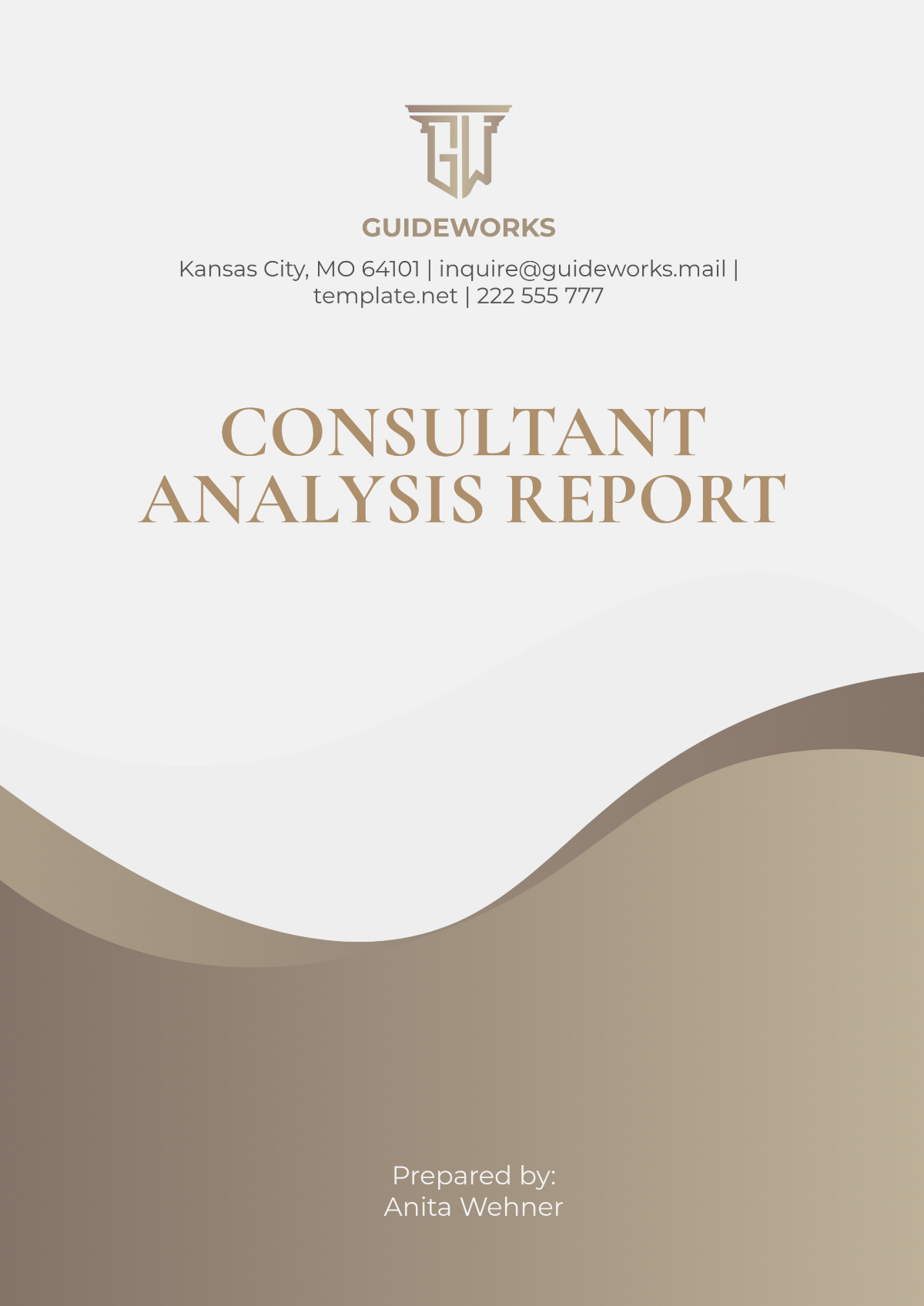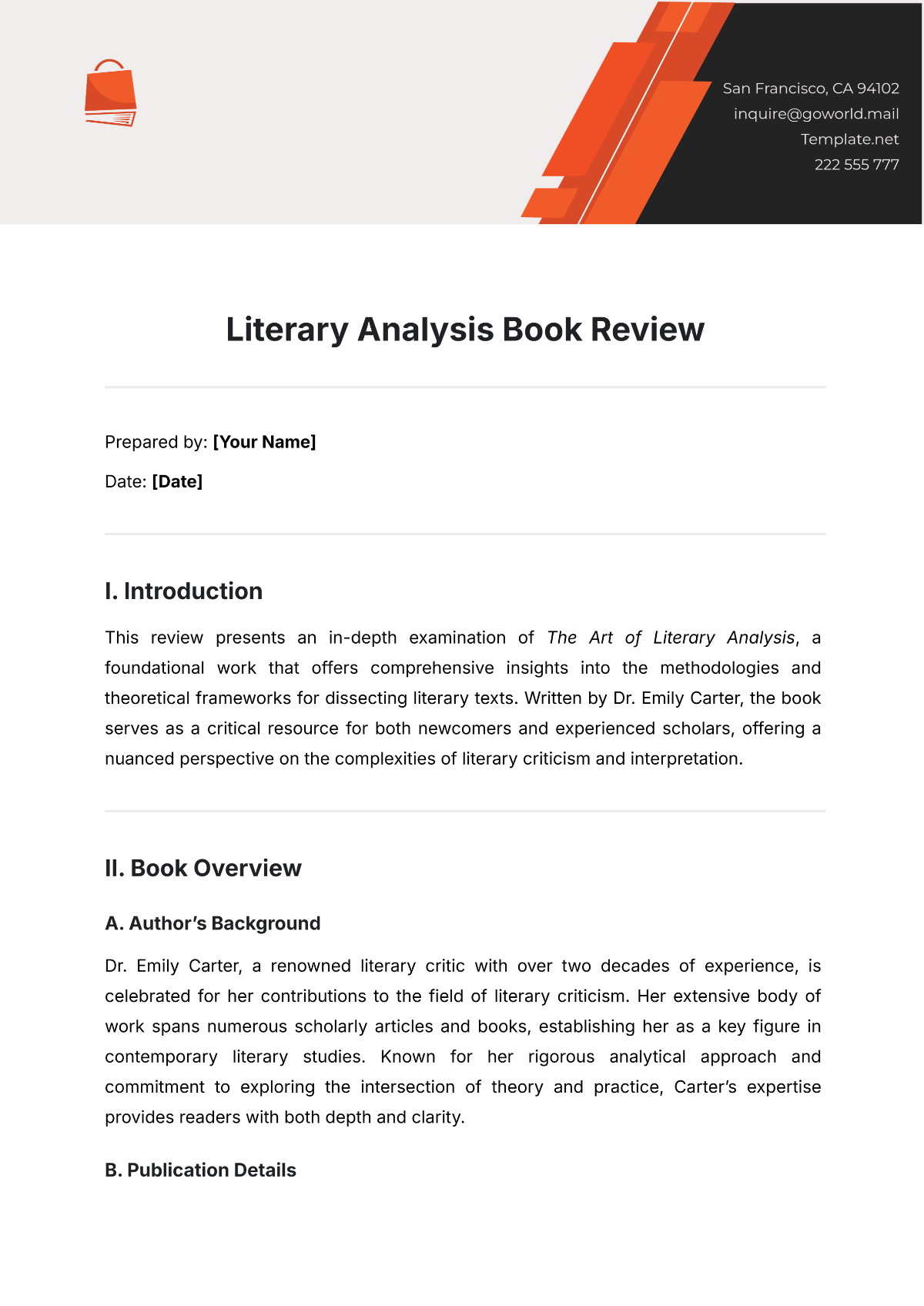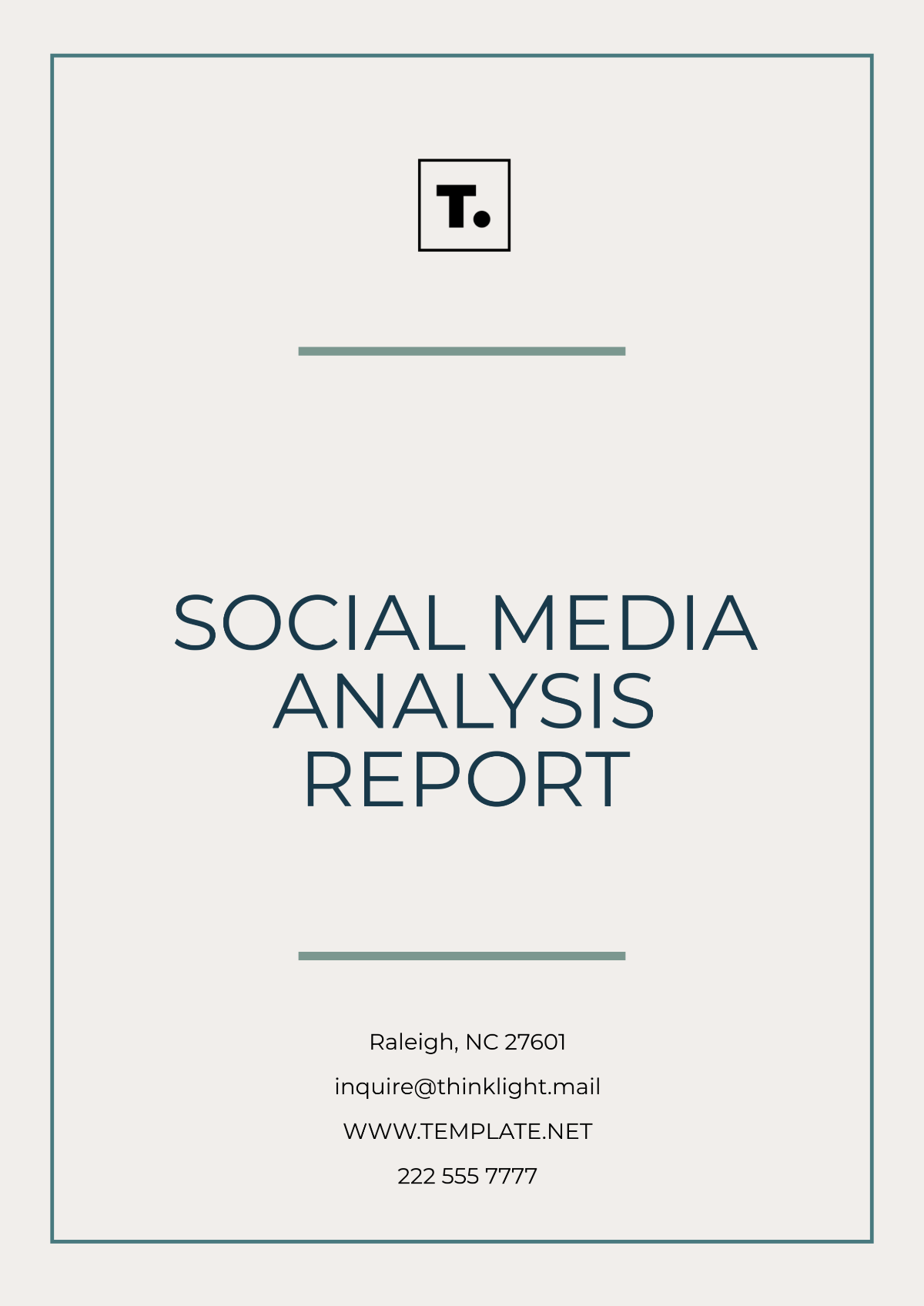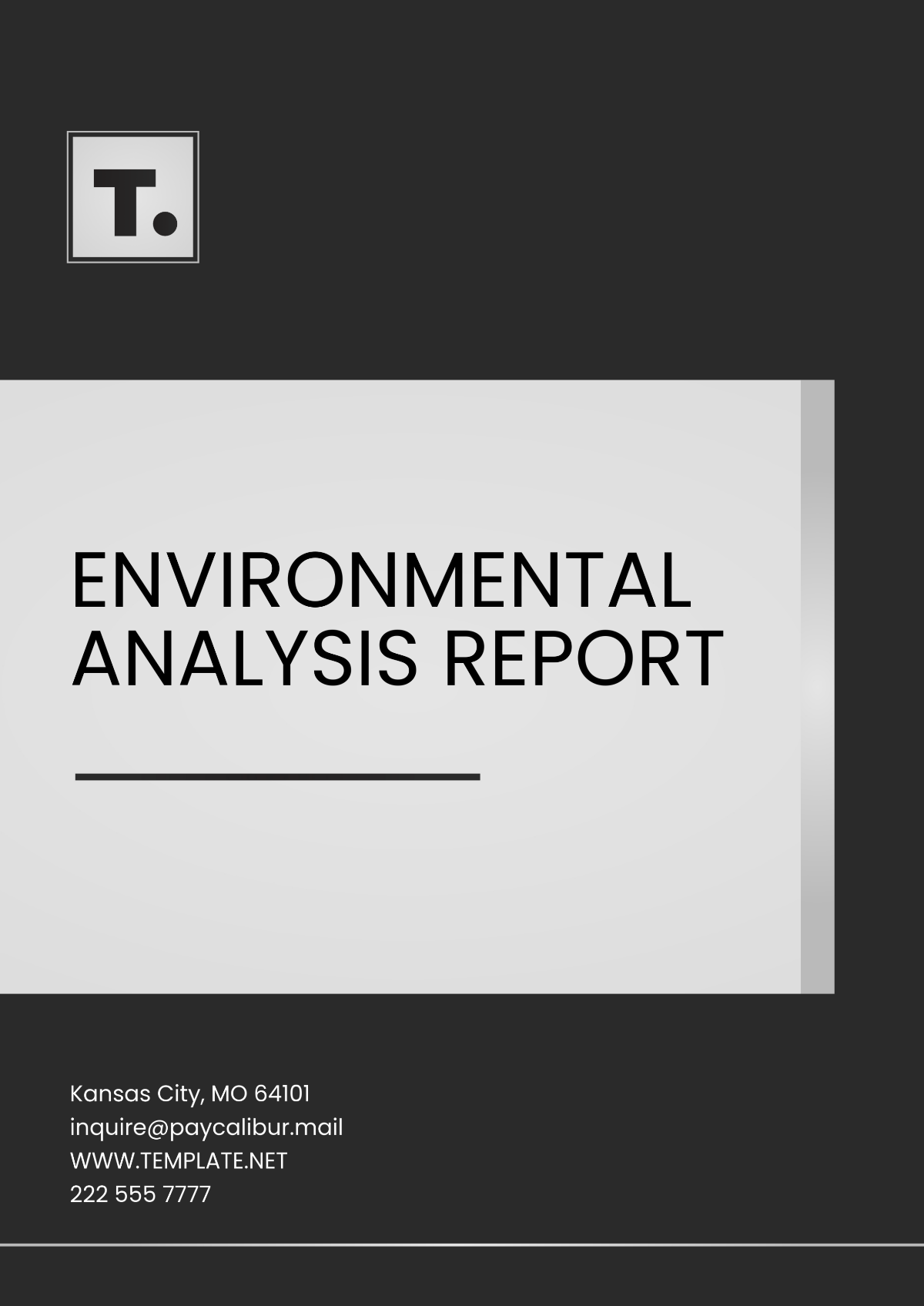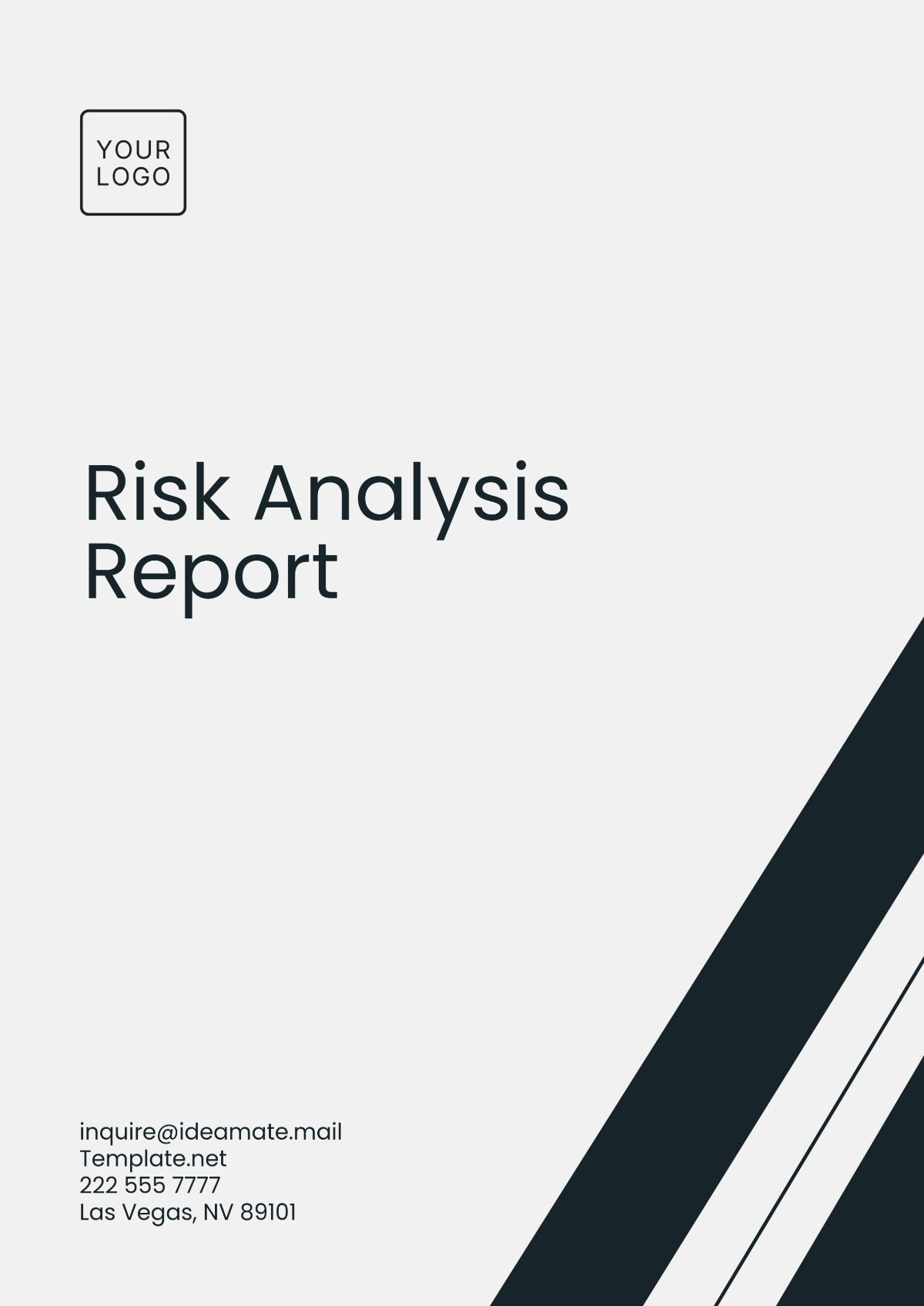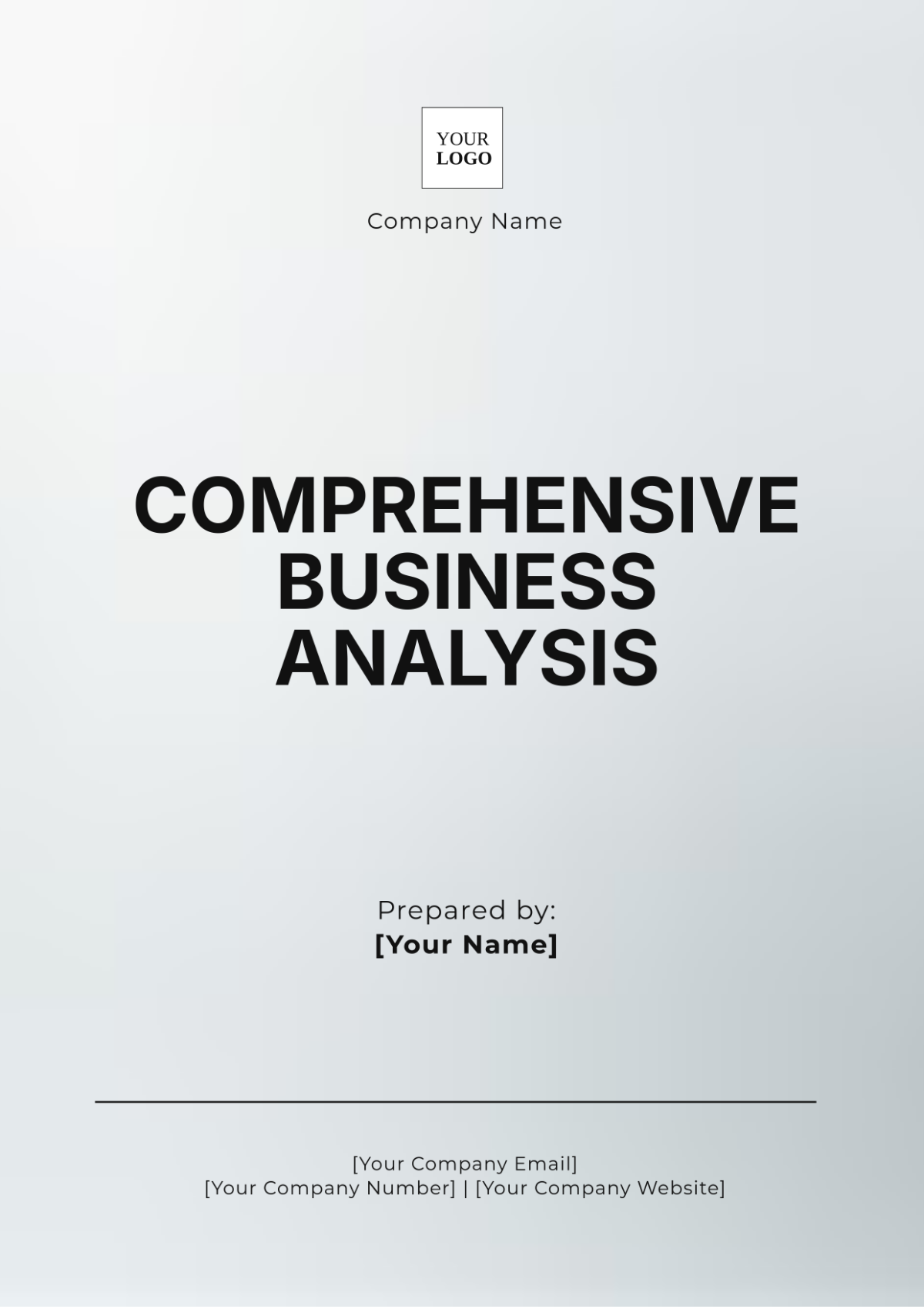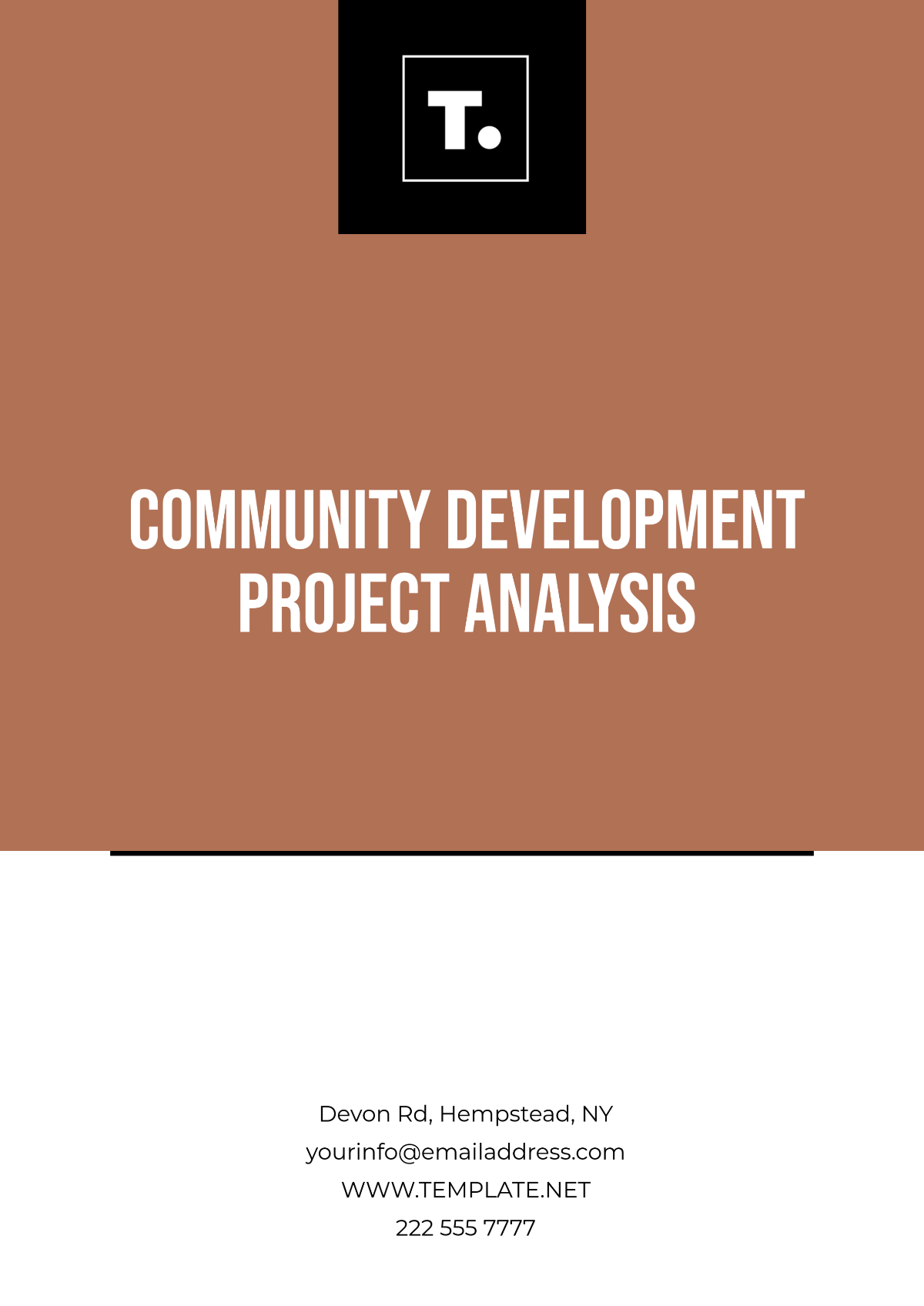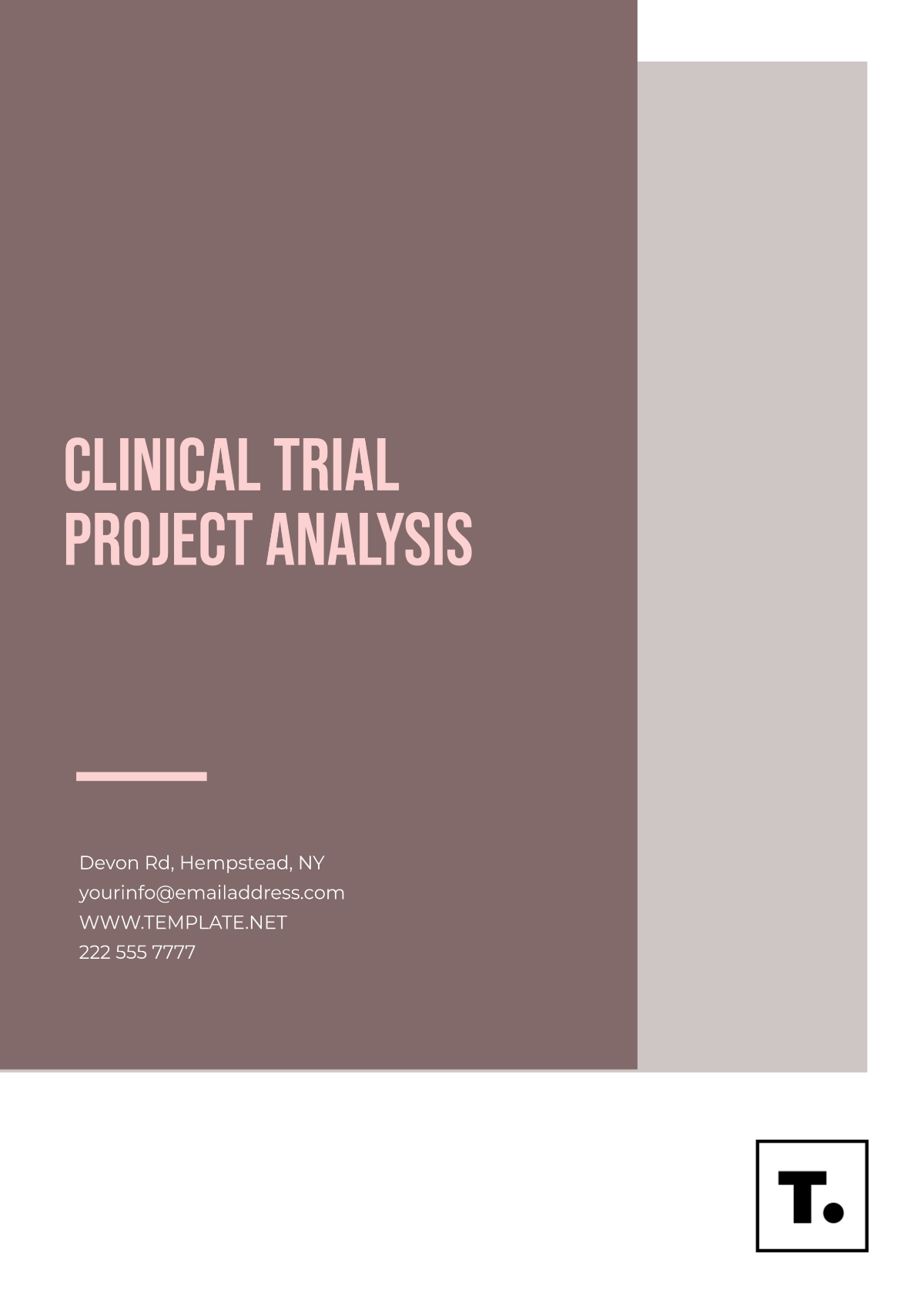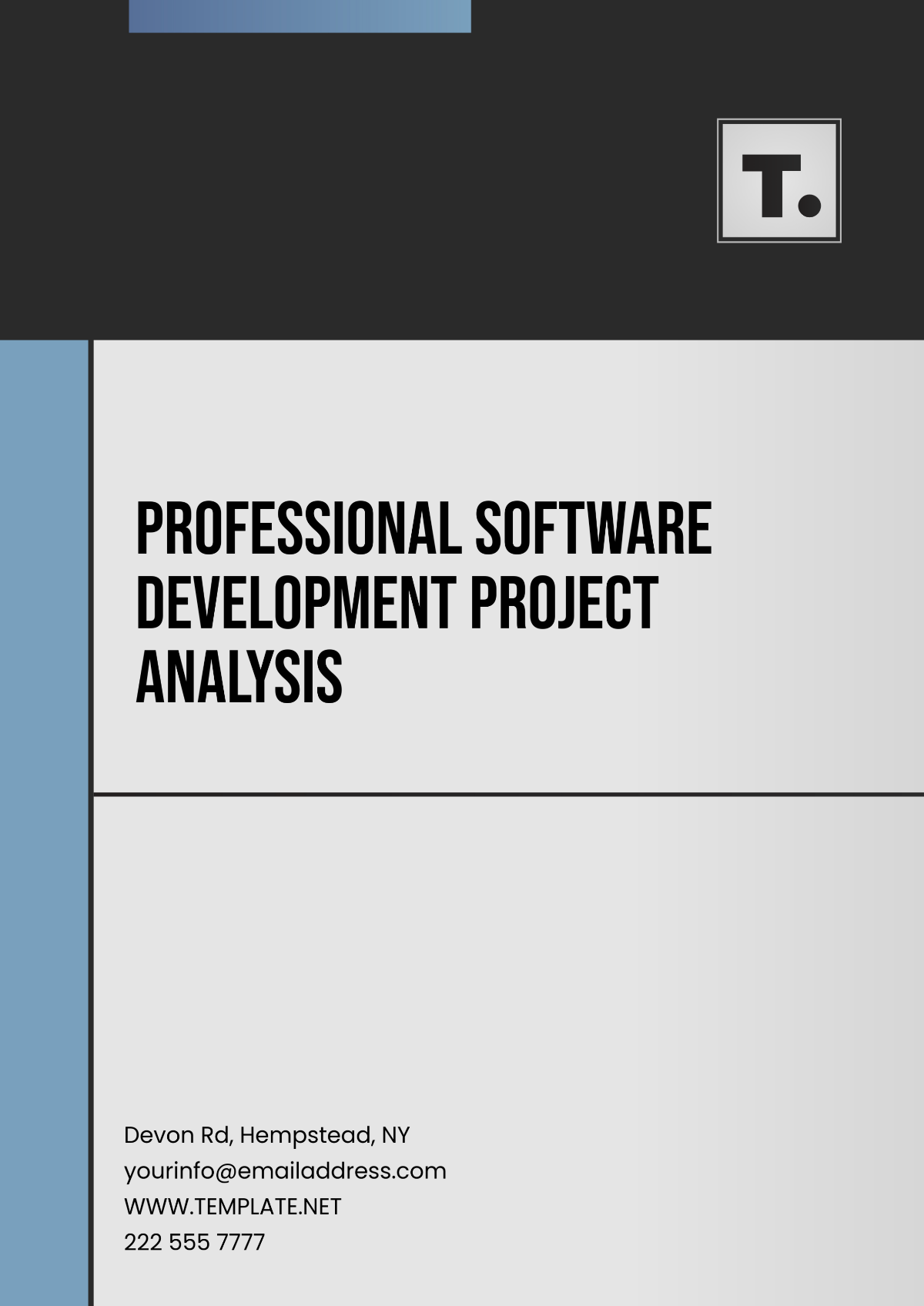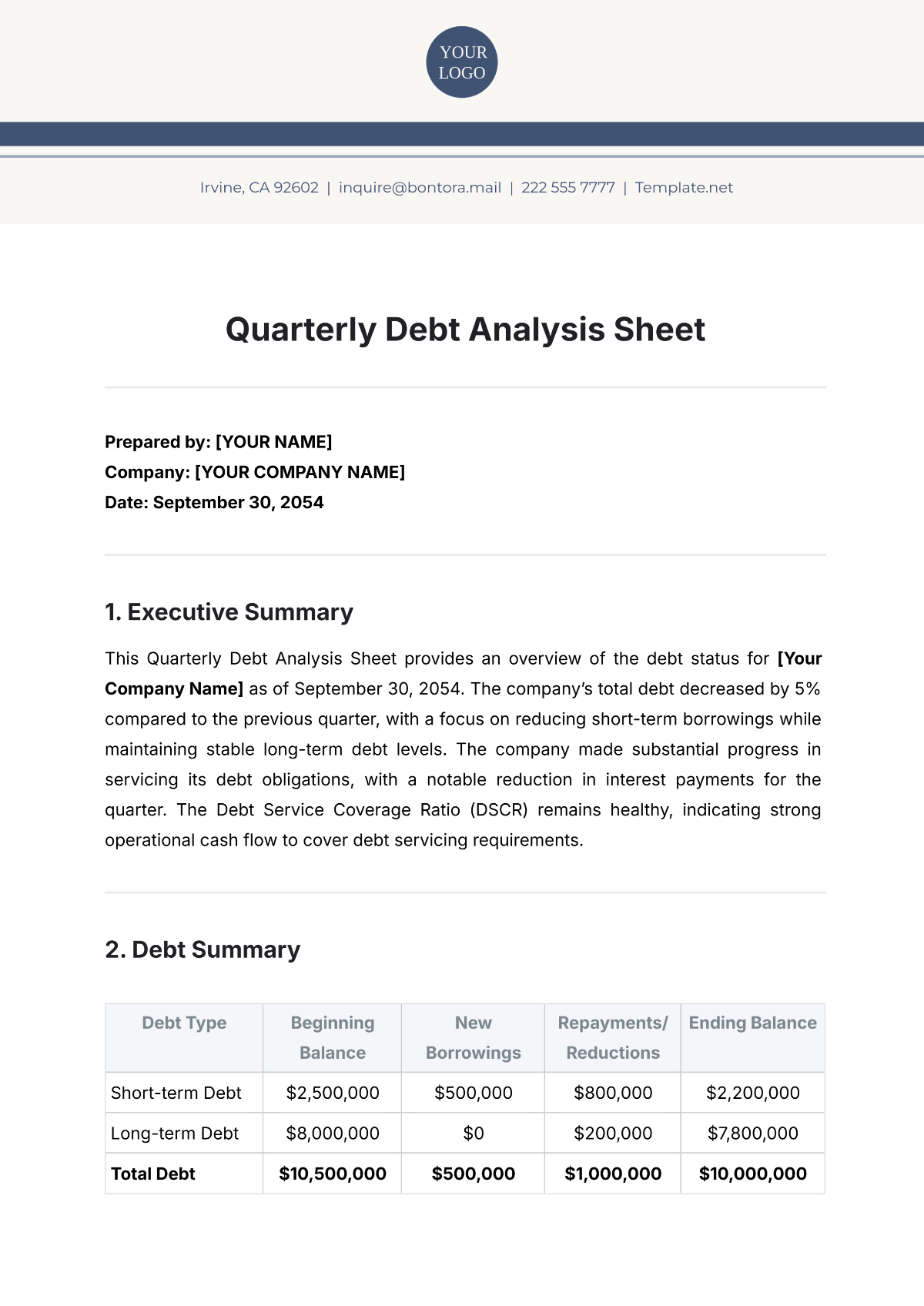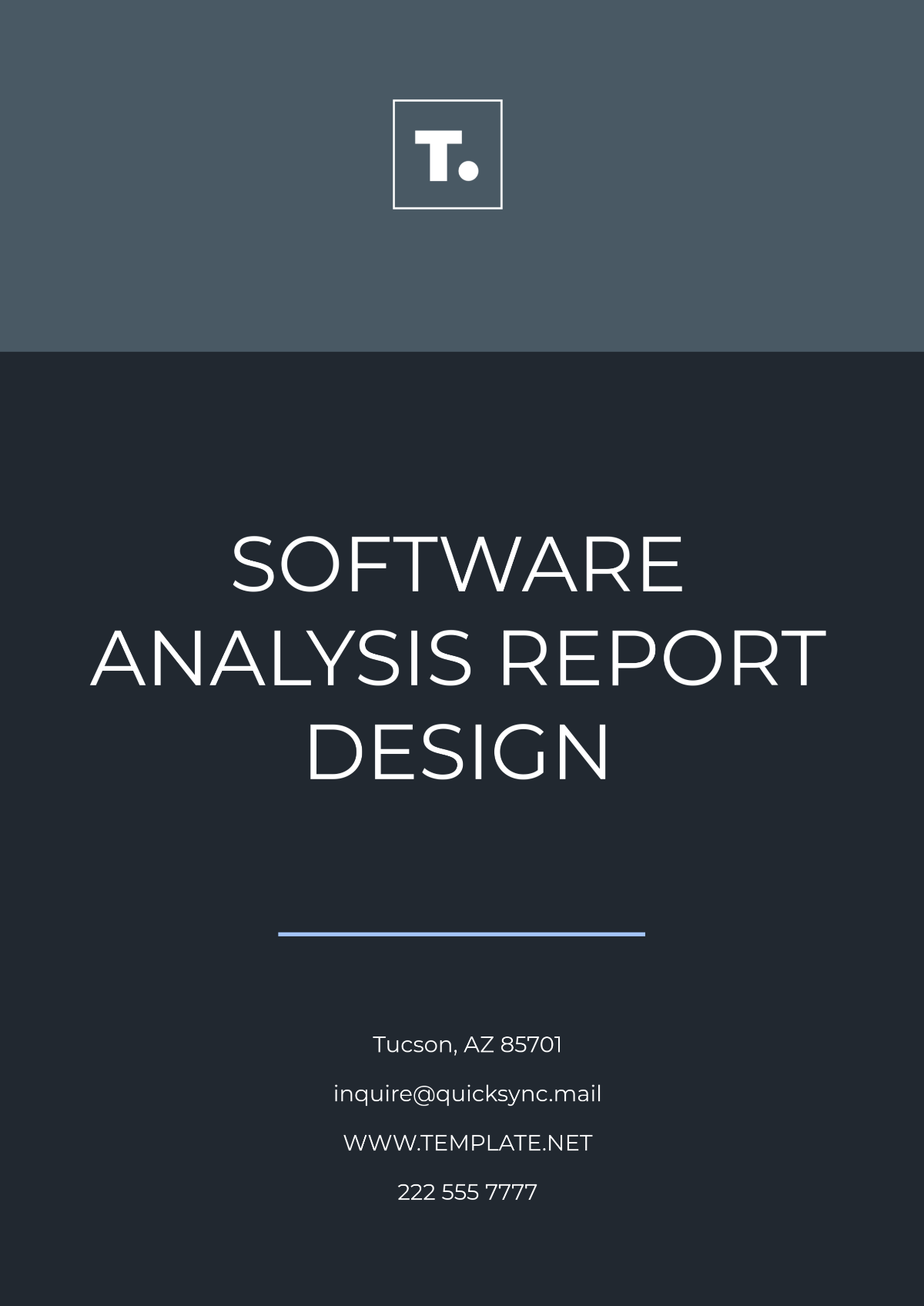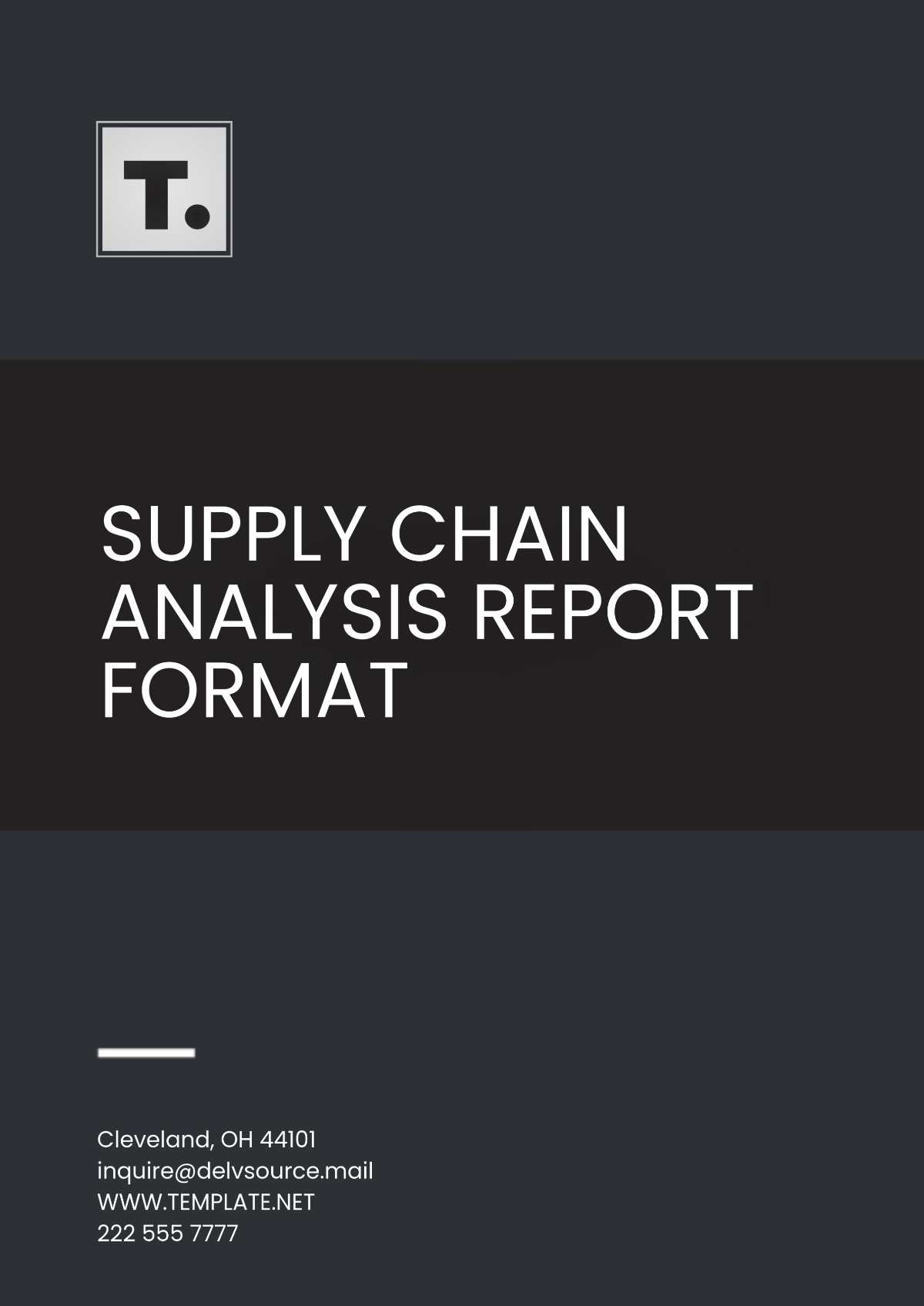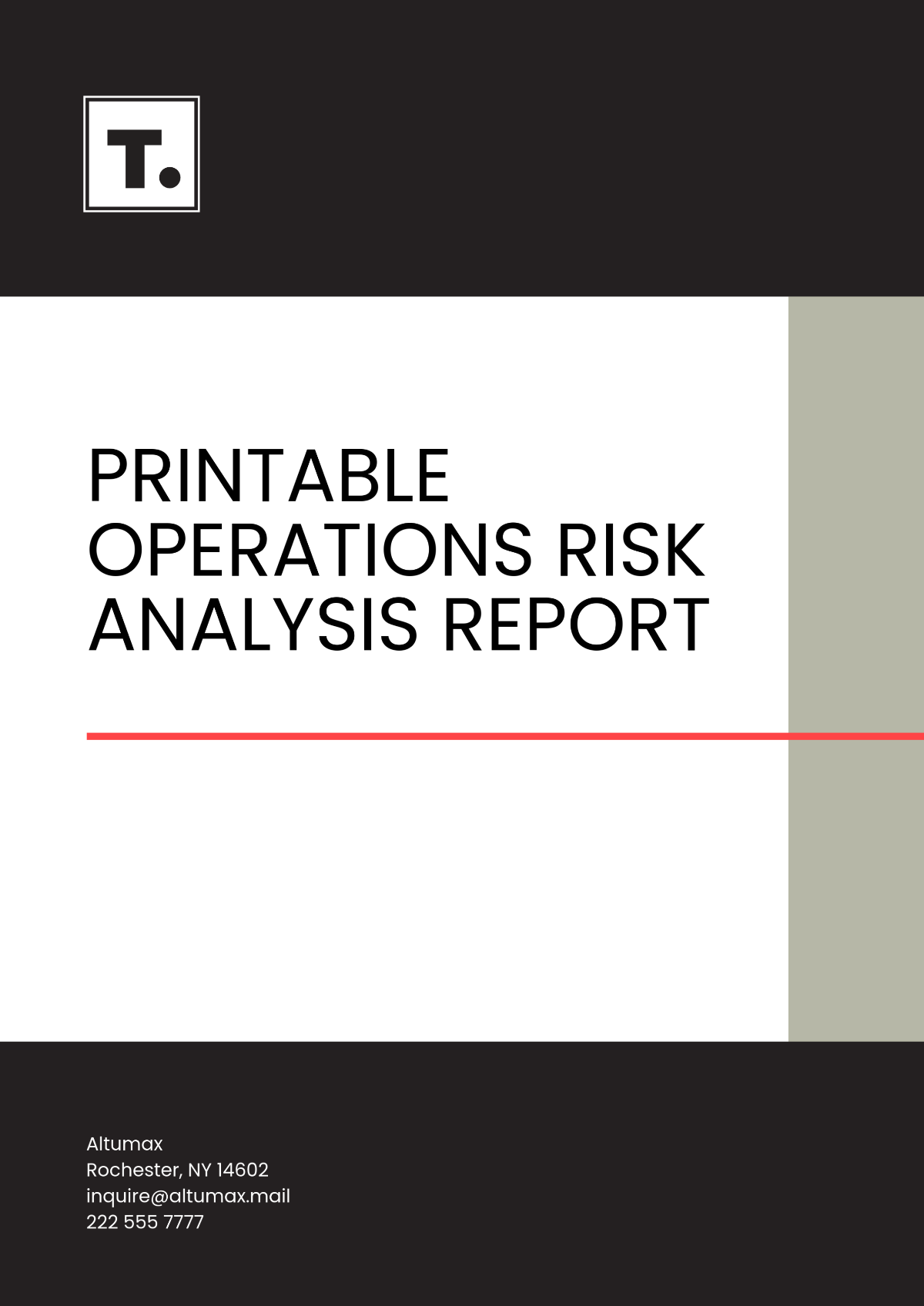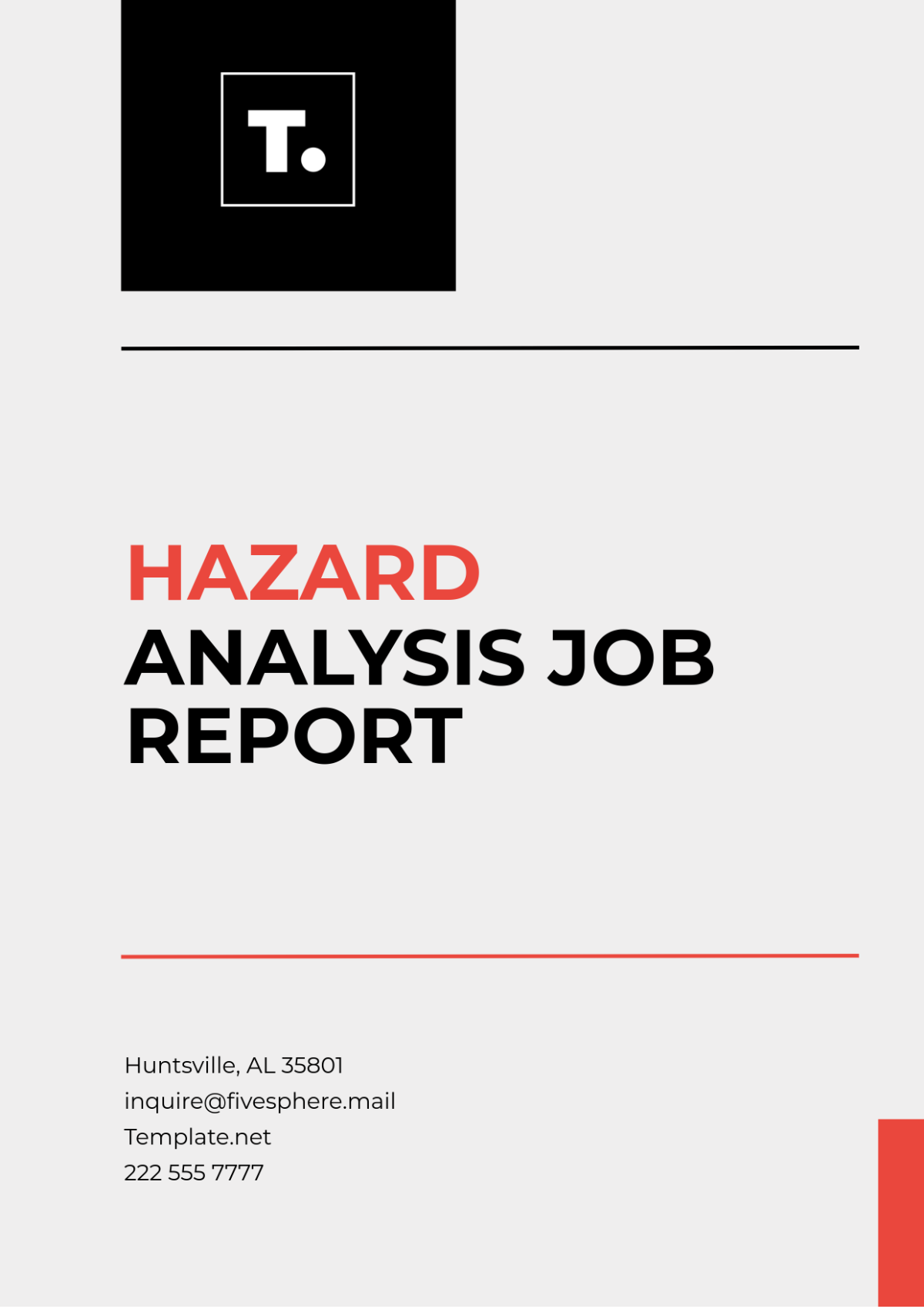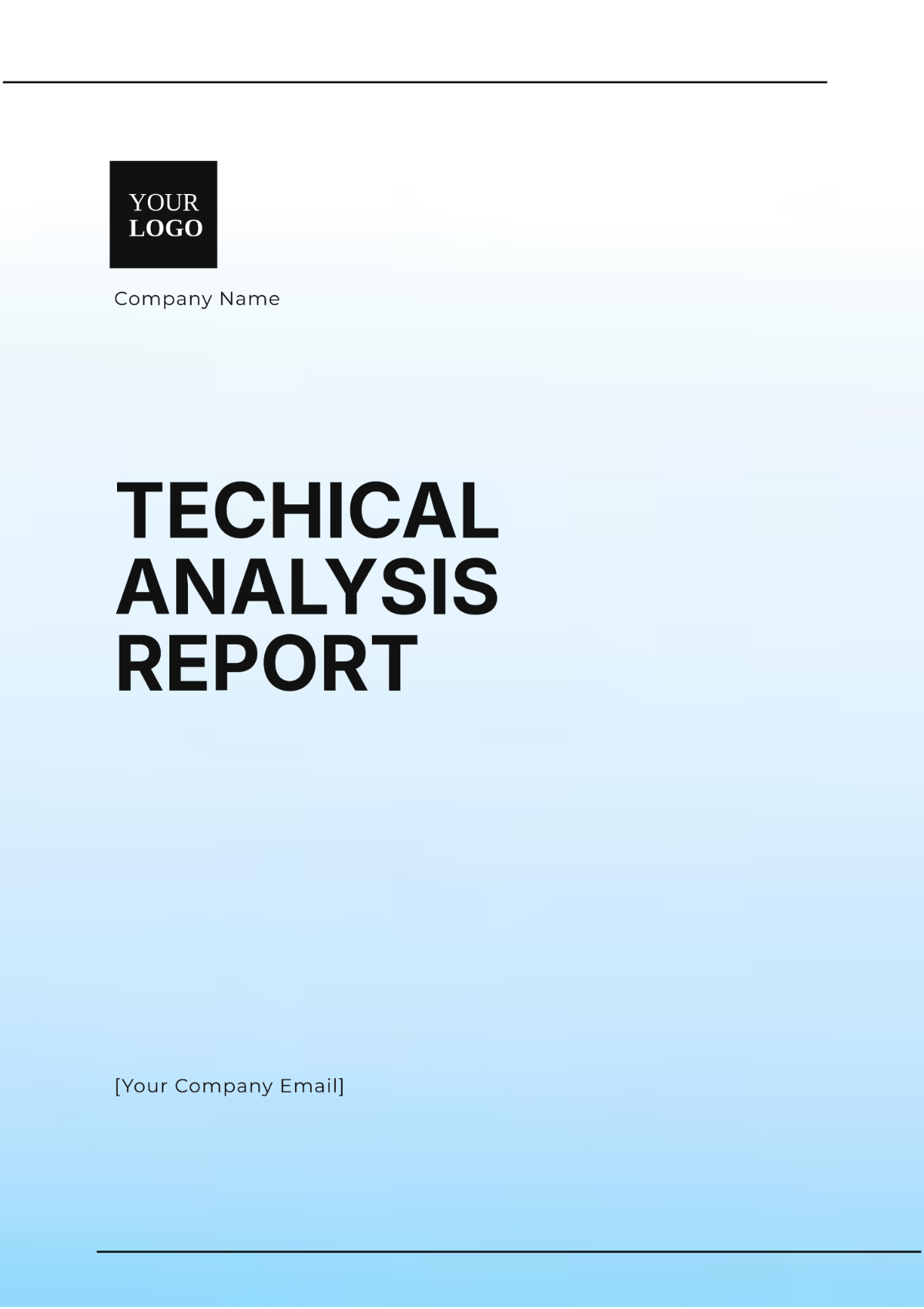Quantitative Risk Analysis
Prepared By: | [Your Name] |
Company: | [Your Company Name] |
Department: | [Your Department] |
I. Executive Summary
In this section, we provide a succinct overview of the primary financial risks identified and their potential impacts on the company’s financial health and decision-making processes. Insights derived from the detailed analysis in subsequent sections will be presented.
II. Risk Identification
A. Description of Financial Risks
Market Risk:
Market risk involves factors like interest rate shifts, exchange rate changes, and commodity price volatility, which can impact profitability through increased borrowing costs.
Credit Risk:
Credit risk stems from the likelihood of counterparties defaulting on obligations, potentially causing major losses, particularly with high-risk exposures.
Liquidity Risk:
Liquidity risk arises when insufficient liquid assets or slow asset conversion to cash hinder a company's ability to meet short-term financial obligations, affecting its operational funding and investment capabilities.
Operational Risk:
Operational risk stems from internal processes, systems, or human error that can lead to financial losses. This includes risks associated with technology failures, fraud, or supply chain disruptions.
Legal/Regulatory Risk:
Legal and regulatory risks, including changes in laws and litigation, can affect business operations and financial performance, with non-compliance potentially leading to penalties or legal costs.
B. Sources of Data
Data utilized in this analysis is sourced from:
Reviewing financial statements of [YOUR COMPANY NAME], such as balance sheets, income statements, and cash flow statements, to evaluate financial status and pinpoint vulnerabilities.
Industry benchmarks to compare the company's performance with industry peers and identify areas of relative strength or weakness.
Economic reports offer insights into key trends like GDP growth, inflation, and job data, impacting market conditions and financial risk.
Publications from regulatory bodies like the SEC and the Federal Reserve offer updates on regulatory changes and compliance requirements in the financial sector.
III. Risk Assessment and Impact
A. Quantitative Analysis
Risk Type | Potential Financial Impact | Probability (%) |
|---|---|---|
Market Risk | Potential revenue decrease of 15% due to adverse market movements | 25% chance of occurrence |
Credit Risk | Potential bad debt expense of $500,000 resulting from defaulting counterparties | 10% probability of default |
Liquidity Risk | The inability to meet short-term obligations leads to liquidity shortfall, necessitating emergency borrowing with associated interest costs | 5% probability of liquidity shortfall |
B. Qualitative Analysis
Market Behavior:
Emerging consumer trends towards sustainability and digital services could shift market demand and competitiveness.
Geopolitical tensions and trade disputes risk disrupting supply chains, impacting production costs and market access.
Advances in technologies such as artificial intelligence and blockchain may disrupt traditional business models, requiring strategic adaptations to stay competitive.
Legal Landscapes:
Regulatory changes in data privacy, environmental standards, or taxation could lead to expensive compliance costs or alter market dynamics.
Legal issues, including intellectual property disputes or product liability cases, can cause financial settlements or harm corporate reputation.
Operational Disruptions:
Cybersecurity threats increase risks of data breaches and operational interruptions, causing financial and reputational harm.
Natural events like disasters, pandemics, or political unrest can disrupt supply chains and operations, affecting revenues and efficiency.
Human resource challenges, such as talent retention or labor disputes, can impact productivity and financial stability.
IV. Mitigation Strategies
Propose measures to minimize or control the identified financial risks. These strategies might include:
Enhanced credit analysis procedures, such as more rigorous credit checks and monitoring of counterparties' financial health.
Portfolio diversification spreads risks across different asset classes, industries, and geographic regions.
Liquidity reserves planning to ensure adequate cash and liquid assets are available to meet short-term obligations and capitalize on investment opportunities.
Improved compliance and regulatory review processes to stay abreast of regulatory changes and ensure adherence to applicable laws and regulations.
V. Conclusion
We emphasize the overall risk posture of [YOUR COMPANY NAME] and how the identified mitigation strategies will fortify financial planning and stability. By proactively addressing these risks and implementing robust risk management practices, [YOUR COMPANY NAME] can enhance resilience and sustain long-term growth and profitability.




